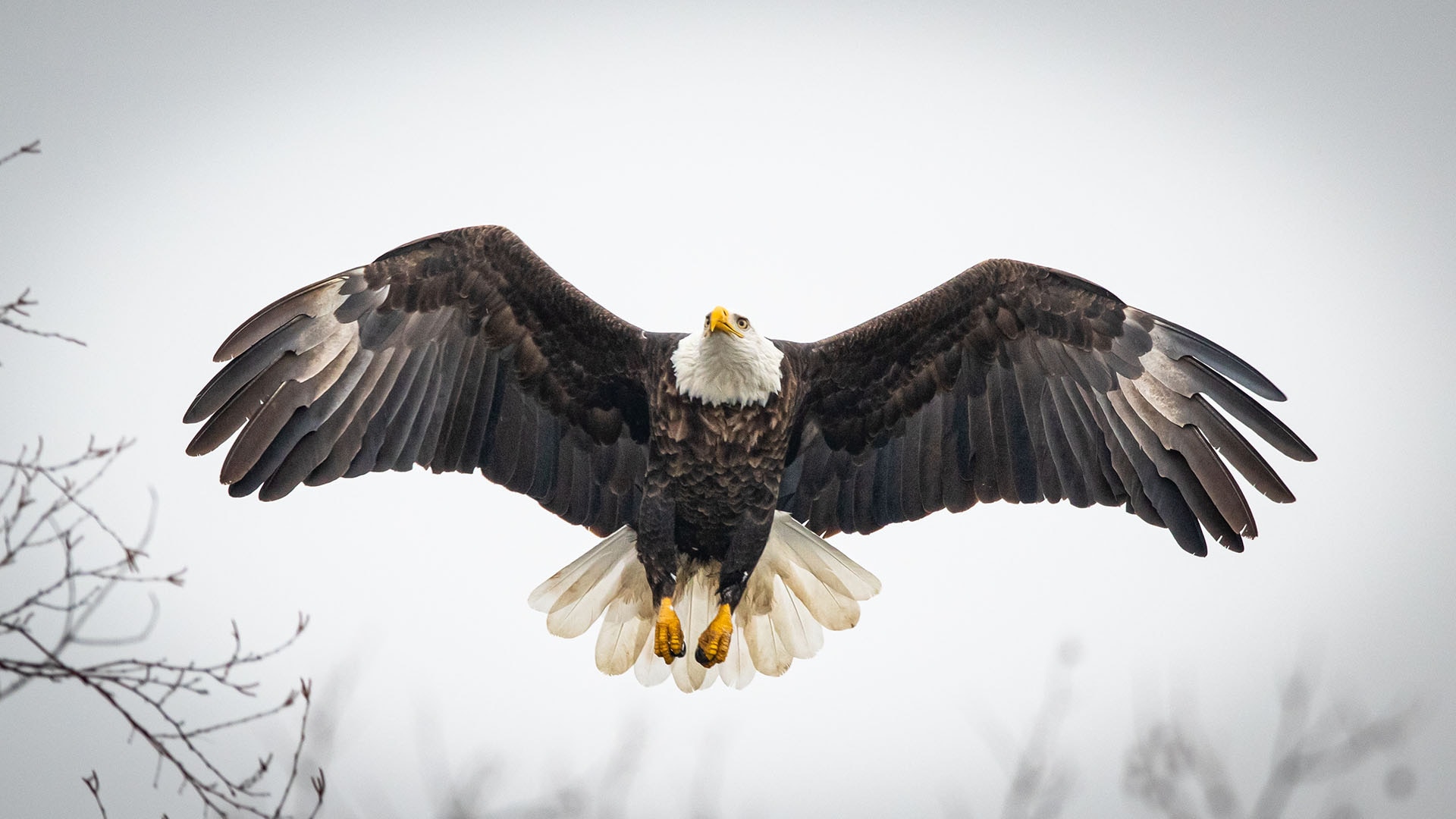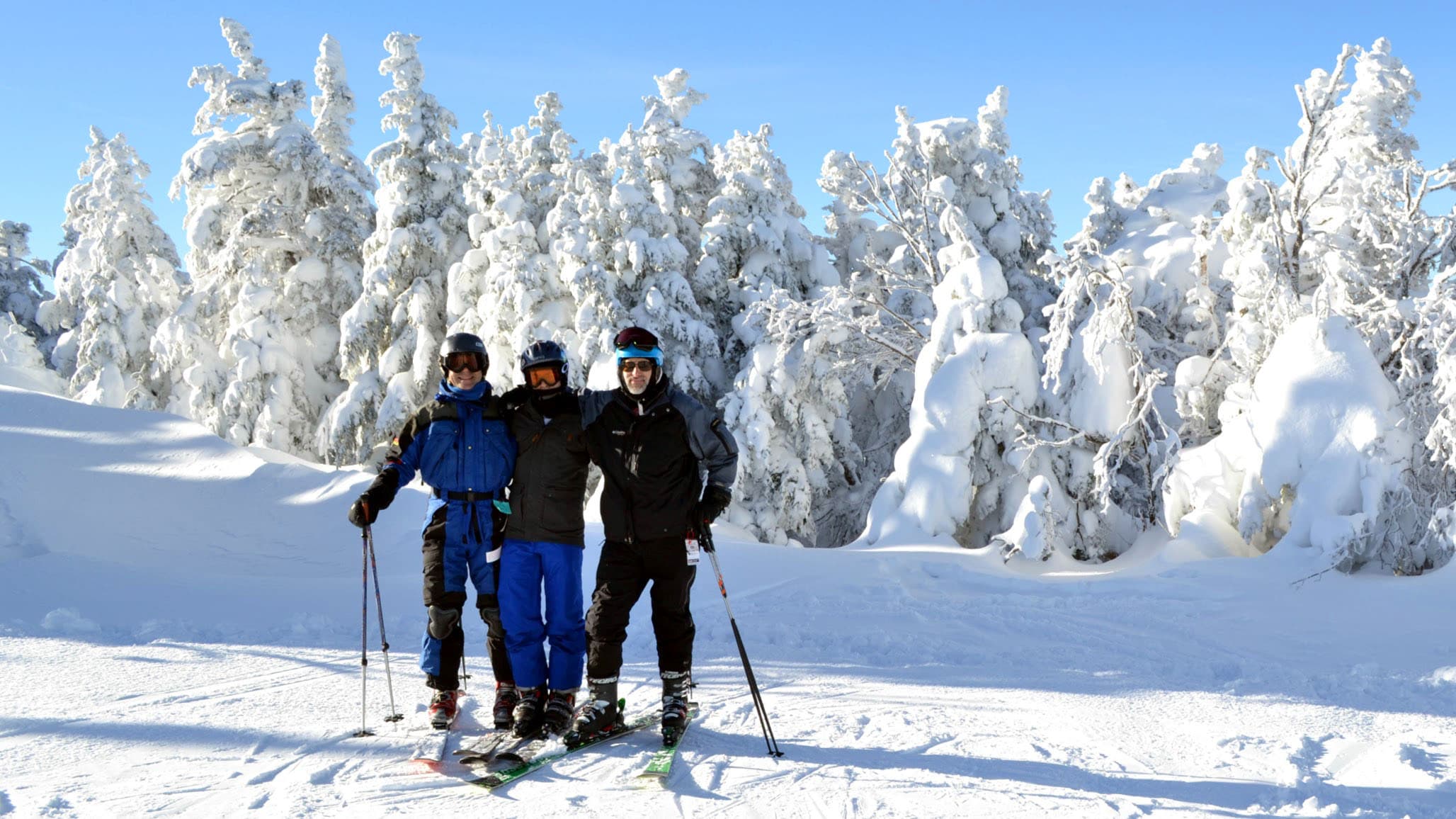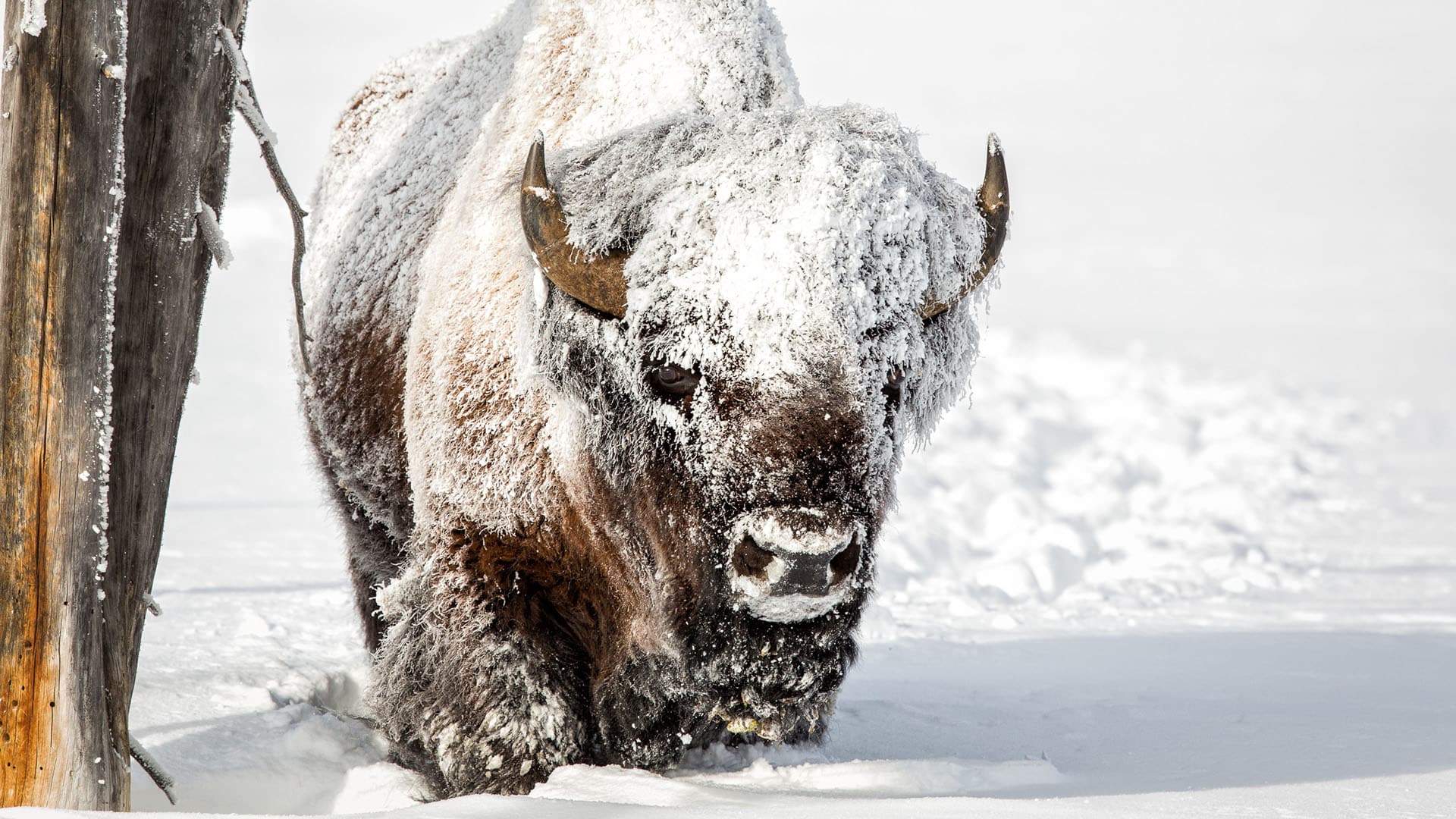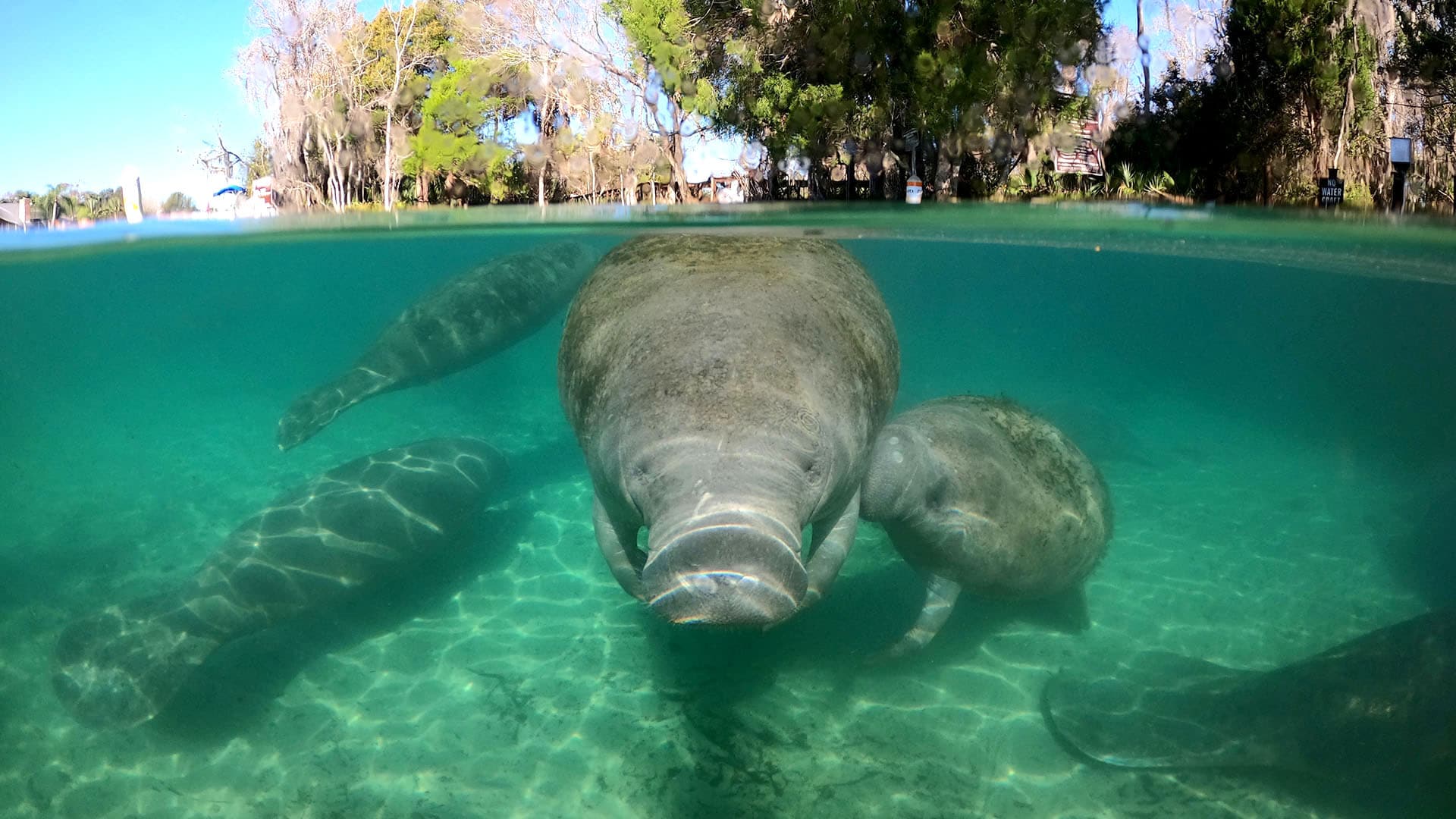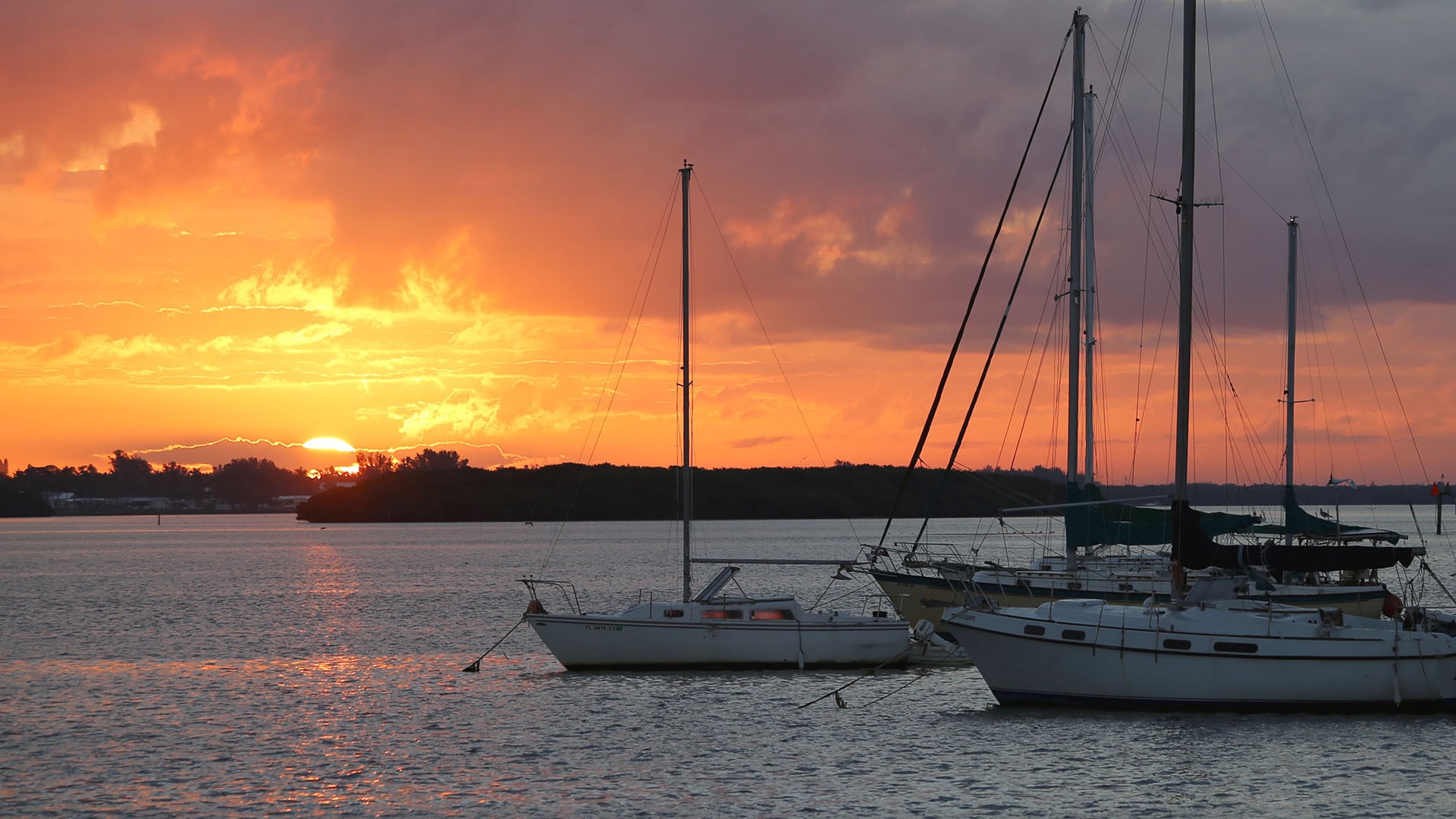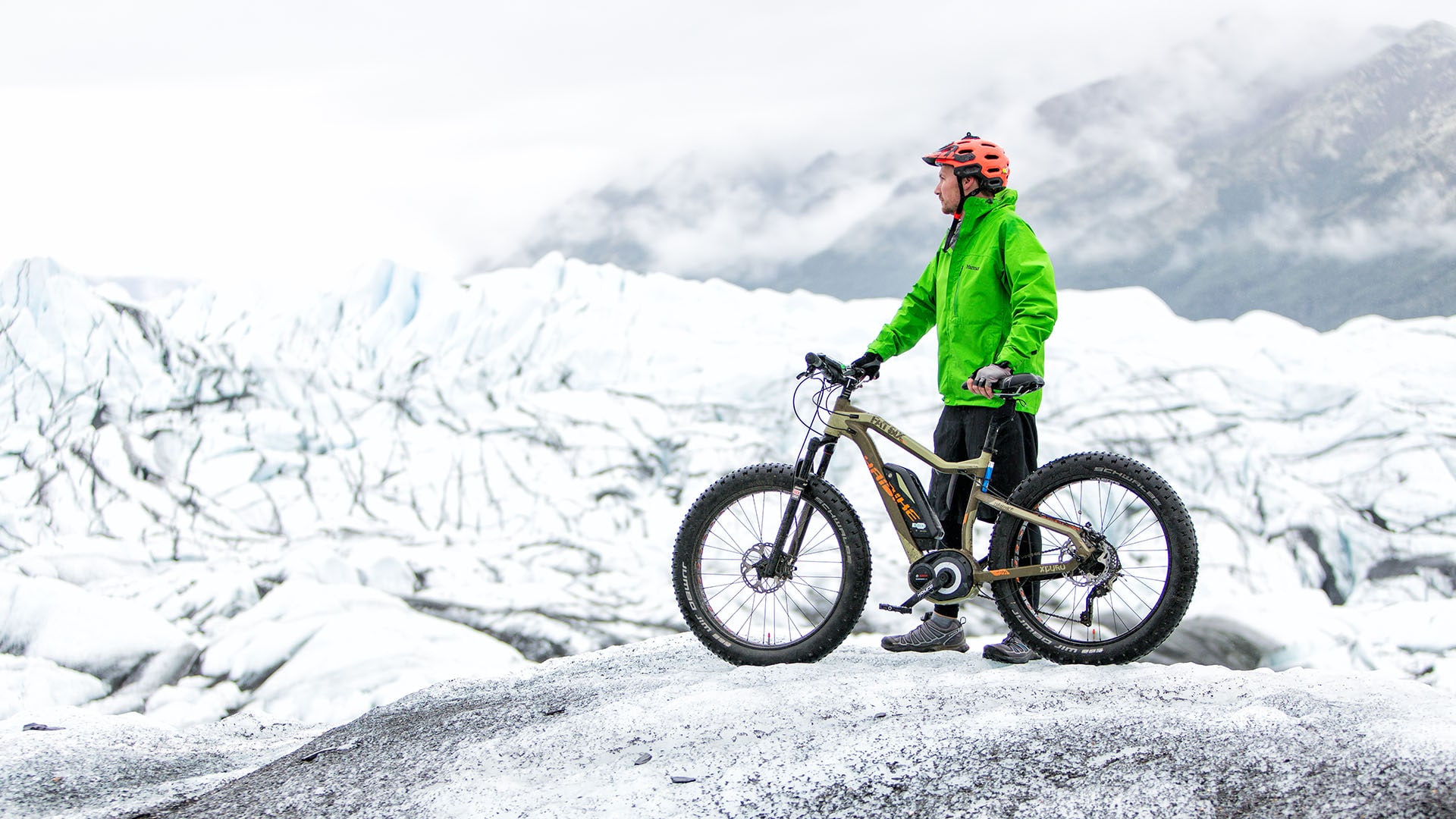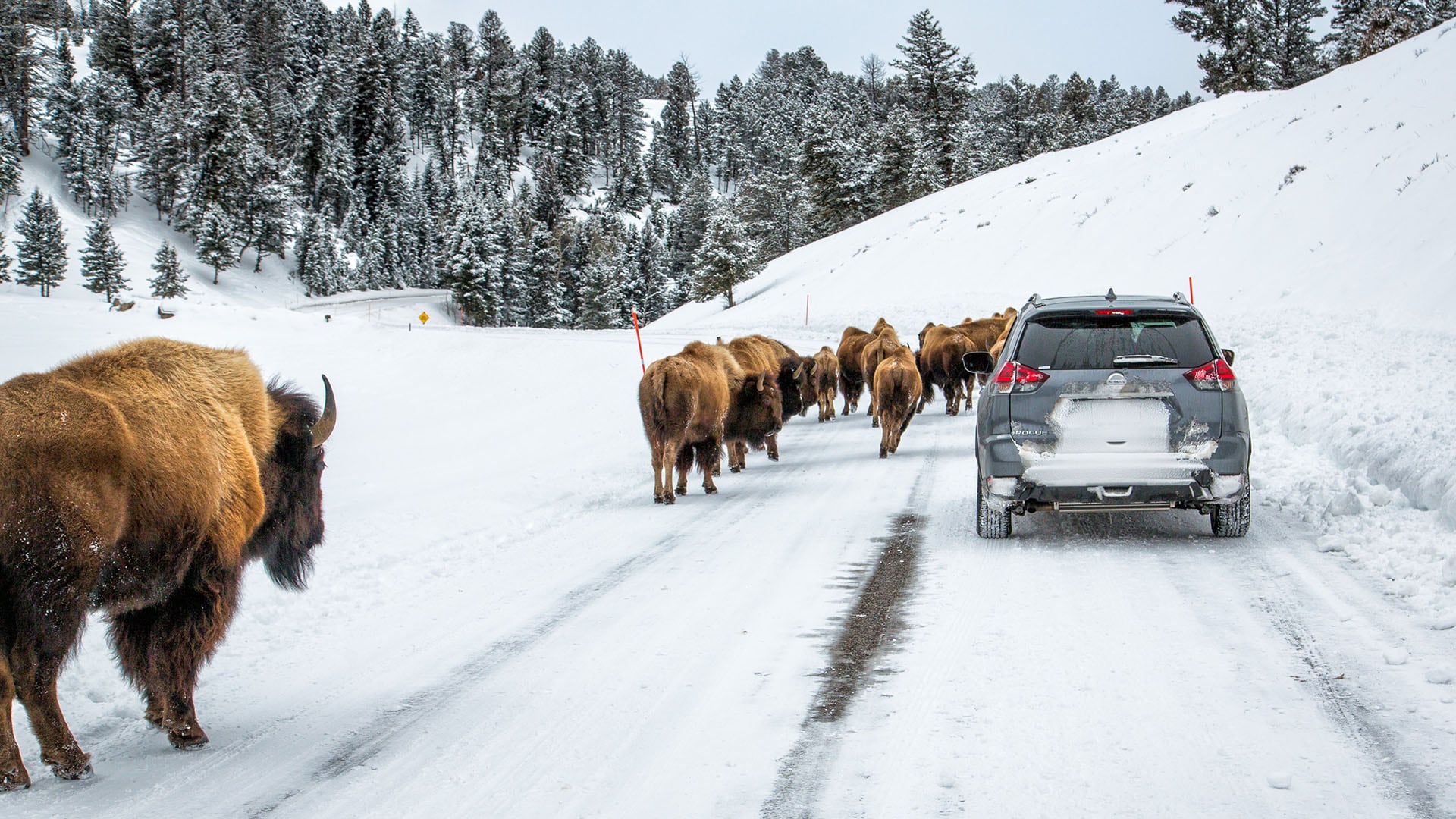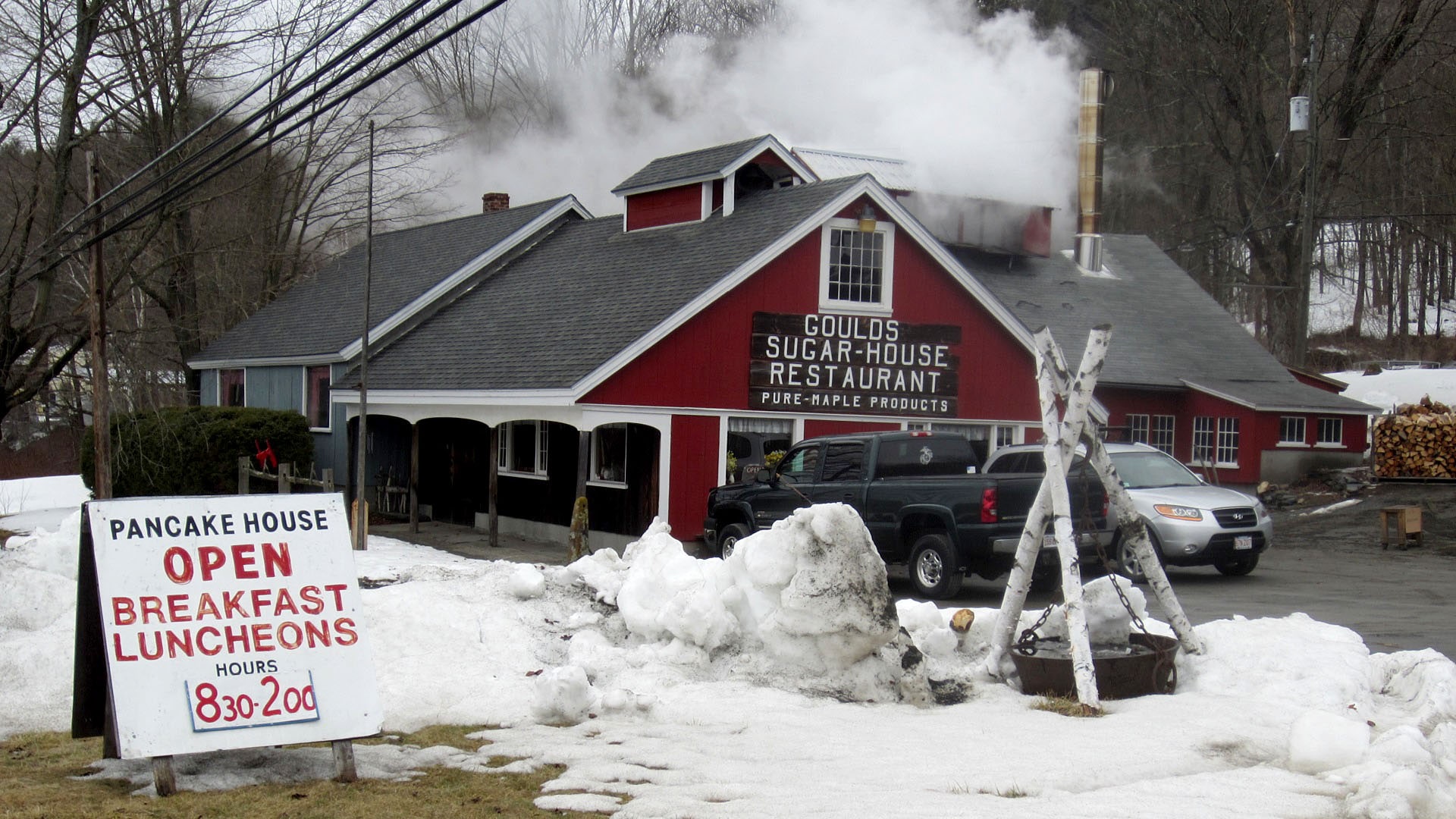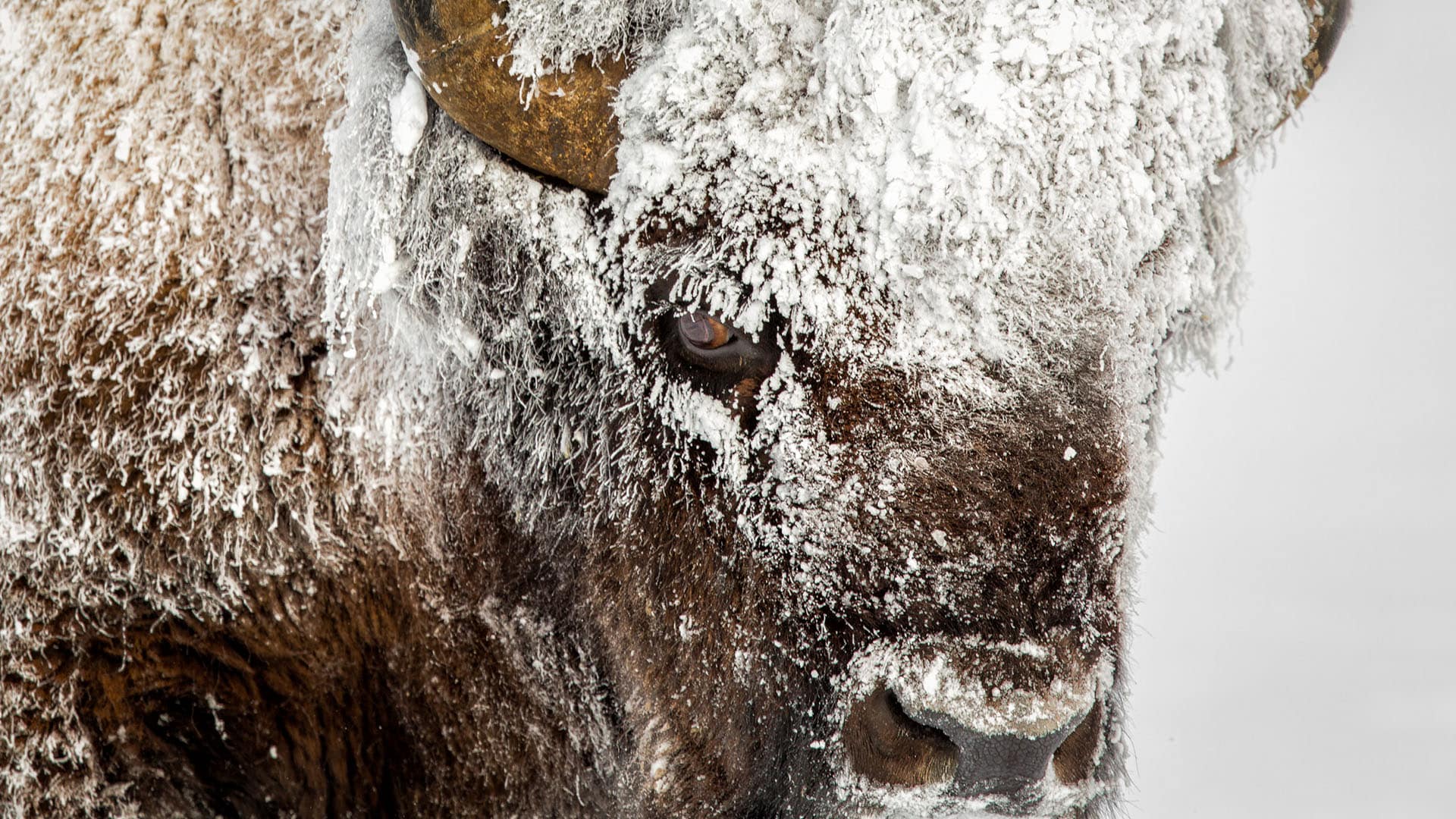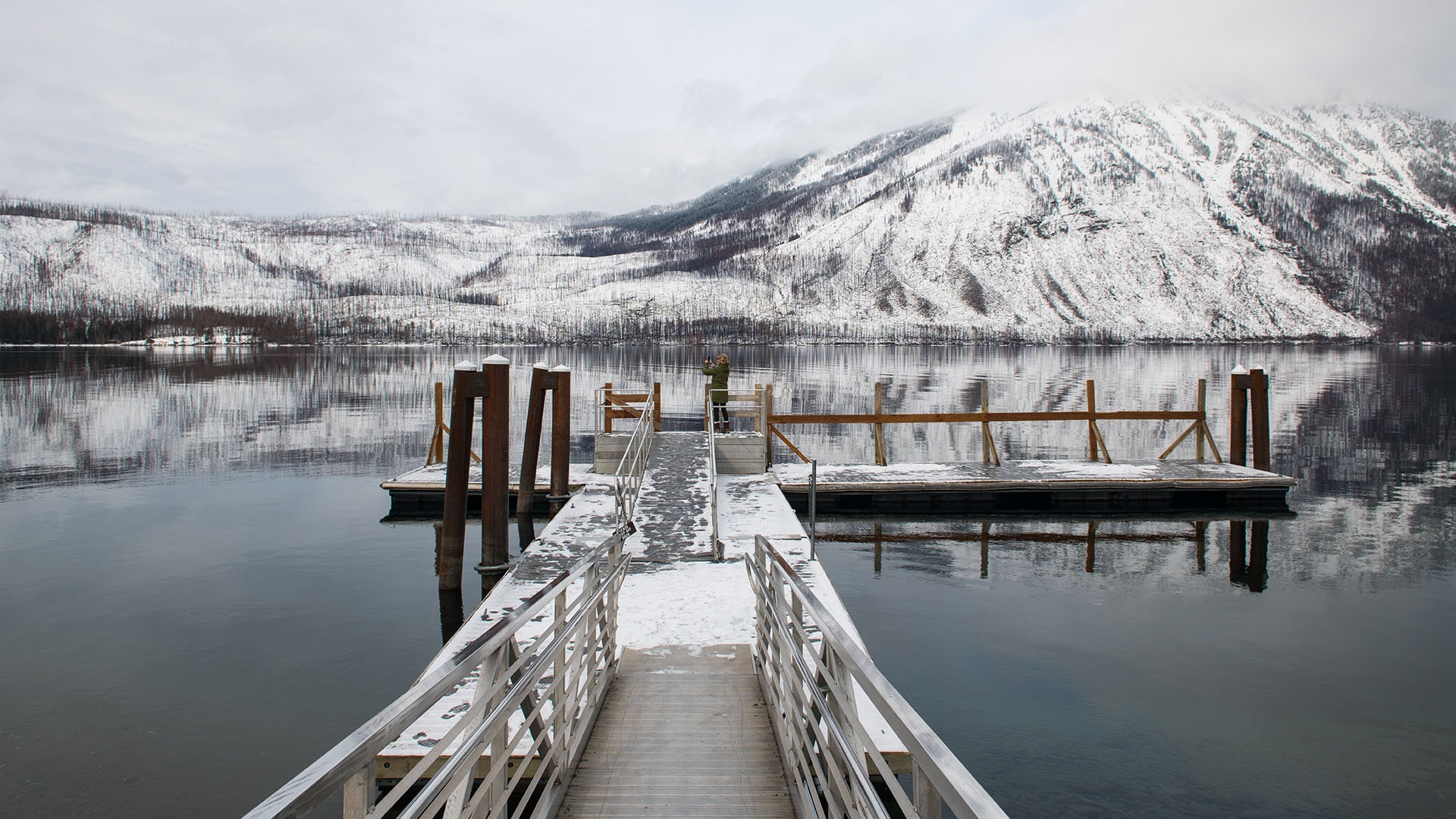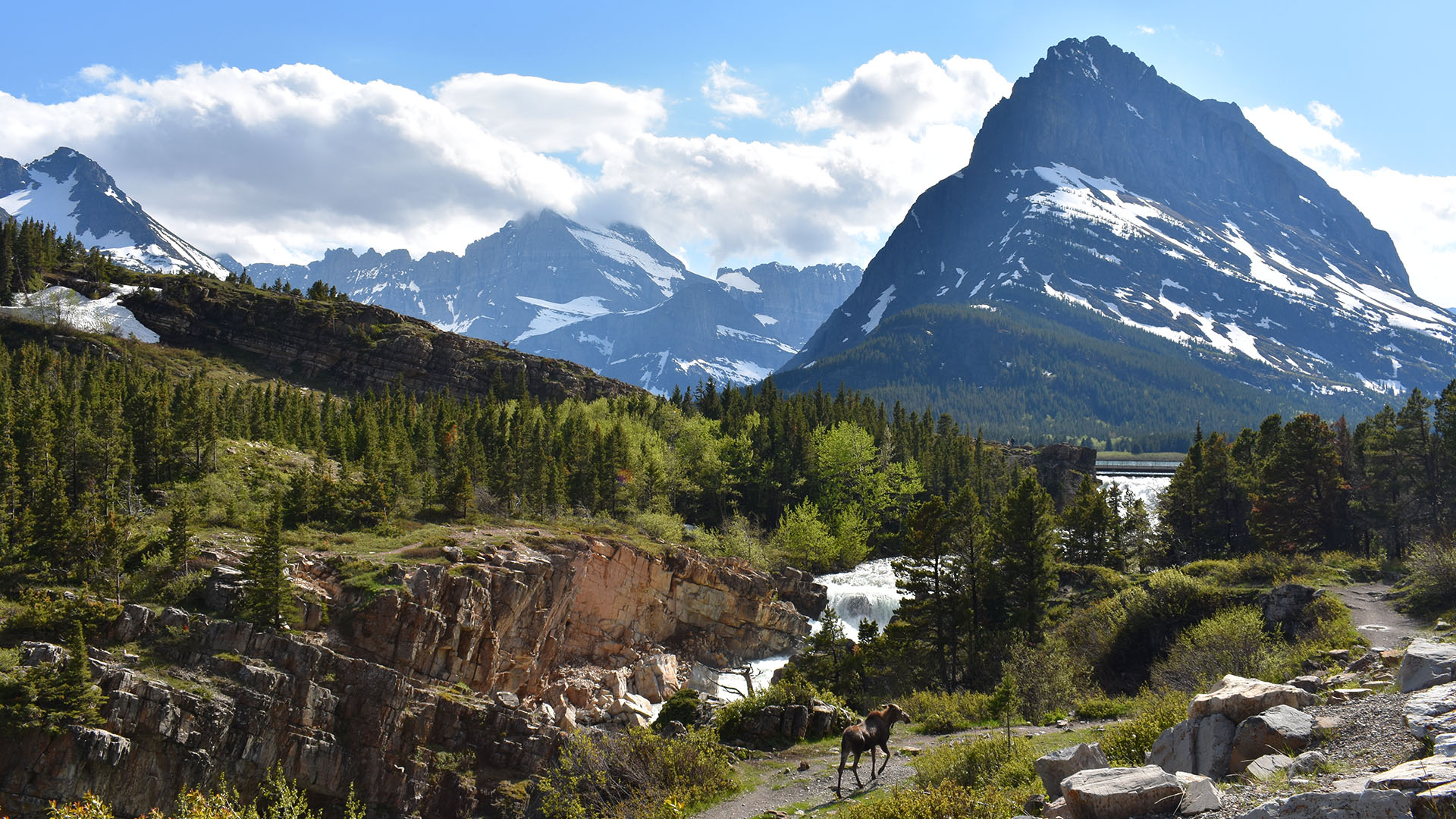Road Trip to Witness the Bald Eagle Migration

A bald eagle soars high in the air along the Kaskaskia River in Carlyle, Illinois.
Story and photos by Derek Jerrell
Derek is an award-winning photographer specializing in wildlife and outdoor adventure photography. See more of his work on Instagram.
More of the birds spend winter in Illinois than in any state outside Alaska.
Bald eagles soar high in the air, then dive, skidding across the water’s surface with talons extended to catch a fish. Sometimes while in midair, a successful hunter has to fight off a feathered competitor that aims to steal the fish. All told, these splendid birds put on quite a show.
As winter sets in across the country, more than 3,000 bald eagles migrate to the Midwest to feed in the open waters and floodplains of the Missouri, Illinois and Mississippi rivers. The arrival of these majestic creatures lures bird watchers, wildlife lovers and nature photographers from all over the country. I’m one of that last group, as is my good friend John Ashdown.
Armed with cameras and coffee and wearing heavy winter coats, John and I huddle up alongside Eagle Pool at the Loess Bluffs National Wildlife Refuge, situated on the eastern edge of the Missouri River floodplain in northwestern Missouri, a 70-mile drive north from Kansas City International Airport. We sit, eagerly awaiting our first encounter of the year with the bald eagles.
“I’ve been looking forward to this morning all year,” John says as he checks his camera settings one last time. He looks up and reports, “Here comes an eagle now, flying right over the treetops.” John and I aim our cameras, zeroing in on the bird, and with a press of the camera shutters, we capture our first shots of the day.

An eagle grabs a fish in its talons.

Eagles live about 20 years in the wild.
Watching Eagles Hunt for Fish and Feed on Waterfowl
Loess Bluffs is the perfect initial stop on our two-day road trip. The refuge consists of more than 7,000 acres of breathtaking wetlands, forests and prairies. Prime habitat for a variety of wildlife and a winter hot spot for migrating eagles, the refuge draws about 120,000 people annually, mostly during the fall and spring bird migrations. Eagle watchers know to visit in winter, when the big birds build nests, feed on waterfowl and hunt for fish nearby.
Just 12 hours before our first sighting on Eagle Pool, I was in the cellphone parking lot at the airport, waiting to hear from John that his flight from California had landed. I live in Greenville, Illinois, about 50 miles northeast of St. Louis, Missouri. For the past decade, John and I have gone on an annual eagle-watching trip together, and it’s always been as much about two life-long friends reconnecting as about the thrill of photographing a bald eagle swooping down from its perch in an old knotty tree to snatch a fish from the frigid river.

Swooping down for prey

About 800,000 snow geese flock to Loess Bluffs National Wildlife Refuge in Missouri.
Adult bald eagles are easy to spot. The birds have ‘bald’ snow-white heads and tail feathers, blackish-brown bodies and bright yellow beaks. Their 2-inch-long, razor-sharp talons, also bright yellow, can exert up to 1,000 pounds of pressure per square inch, more than enough to make bald eagles one of the most efficient predators in the sky. Juvenile bald eagles sport a marbled mix of brown and white feathers until they reach full maturity, typically at 4 to 5 years old.
The wingspan of an adult bald eagle can range from 6 to 8 feet, and these wings were designed for one thing — power. The birds have been clocked at mind-numbing speeds of over 100 mph during a full dive. Most often, they fly between 30 and 45 mph or glide atop large columns of rising thermal air, also known as thermal convection currents. During winter, the birds travel great distances south from places such as Alaska in pursuit of open water and milder temperatures, both essential in their quest to find sufficient food to sustain them.
At Loess Bluffs, we spot more than 15 bald eagles — but that’s not all. An estimated 800,000 snow geese also are present. During migration, these birds fly by day and at night, traveling at speeds up to 50 mph. Here, thousands of them fly in unison, back and forth between ponds. This is a first for John, and he declares the sight “amazing.”

A pair of snow geese glide across Eagle Pool at Loess Bluffs.

A bald eagle stretches its talons as it prepares to land.
To Find Eagles, Just Look for Photographers
The next day, we head for Carlyle Lake in Illinois, about an hour east of St. Louis, Missouri. In years past, we’ve photographed eagles at Alton, Illinois, which draws 10,000 to 20,000 people every January and February. The Alton Visitor Center schedules special eagle-themed events at that time, as do the National Great Rivers Museum, the Audubon Center at Riverlands and the Chain of Rocks Bridge. Junk food, stories and classic rock music fuel our 392-mile drive to Carlyle Lake, traveling across Missouri and into Illinois along Interstate 70. About 30 minutes east of St. Louis, we stop for lunch at Texas Roadhouse, and we each devour a thick-cut steak and an ice-cold soda. Then we fill the gas tank, grab a couple more snacks and get back on the road.
The largest man-made lake in Illinois, Carlyle Lake covers 25,000 acres and features two dams, Dam East and Dam West. Locals claim Dam West is one of the best places to not only spot eagles but also to witness them fishing in the Kaskaskia River channel just below the dam. This time of year, one sure way to spot the birds of prey is to look for clusters of bird watchers and photographers lined up along lakes and rivers with their large spotting scopes and massive camera lenses in hand.
We follow that fail-safe approach, and when we locate the crowd, we look up to see the trees filled with eagles, many of the birds scanning the water for fish. An eagle's eyesight is said to be four to eight times more powerful than ours. Suddenly, a large bird swoops down and, with laser-like precision, grabs a fish from the water. We spend the remainder of the day shooting constantly, each photo more exciting than the last.
As the day winds down, our focus shifts from the thrill of the moment to an appreciation of our weekend adventure. We reflect on the time we’ve spent together outdoors, two friends with a shared passion for photographing the annual eagle migration.
When we part ways at the airport, John and I talk about looking forward to next year. I didn’t realize it at the time, but this would be our last road trip together. John suddenly passed away shortly after we each arrived back home. Although I am deeply saddened, I am grateful to have the memories from our many adventures. I will cherish the time we spent together in the field, and I will forever treasure his friendship. Rest in peace, my friend.

Taking flight
Related
Read more stories about winter activities.
- Weekend Getaway to Great Ski Resorts Near Lincoln, New Hampshire
- Ski Gear in Lincoln, New Hampshire
- Best Places to See Bald Eagles in the Midwest
- Weekend Getaway to Lincoln, New Hampshire
- Yellowstone National Park in Winter
- How and Where to Swim with Manatees in Florida
- Road Trips to Escape Winter
- Cold Weather Destinations
- Road Trips to National Parks in Winter
- Road Trip to Maple Sugar Shacks in New England
- Cold Weather Photography Tips
- Visiting Glacier National Park in Winter
- Road Trip to Montana’s Independently Owned Ski Areas



